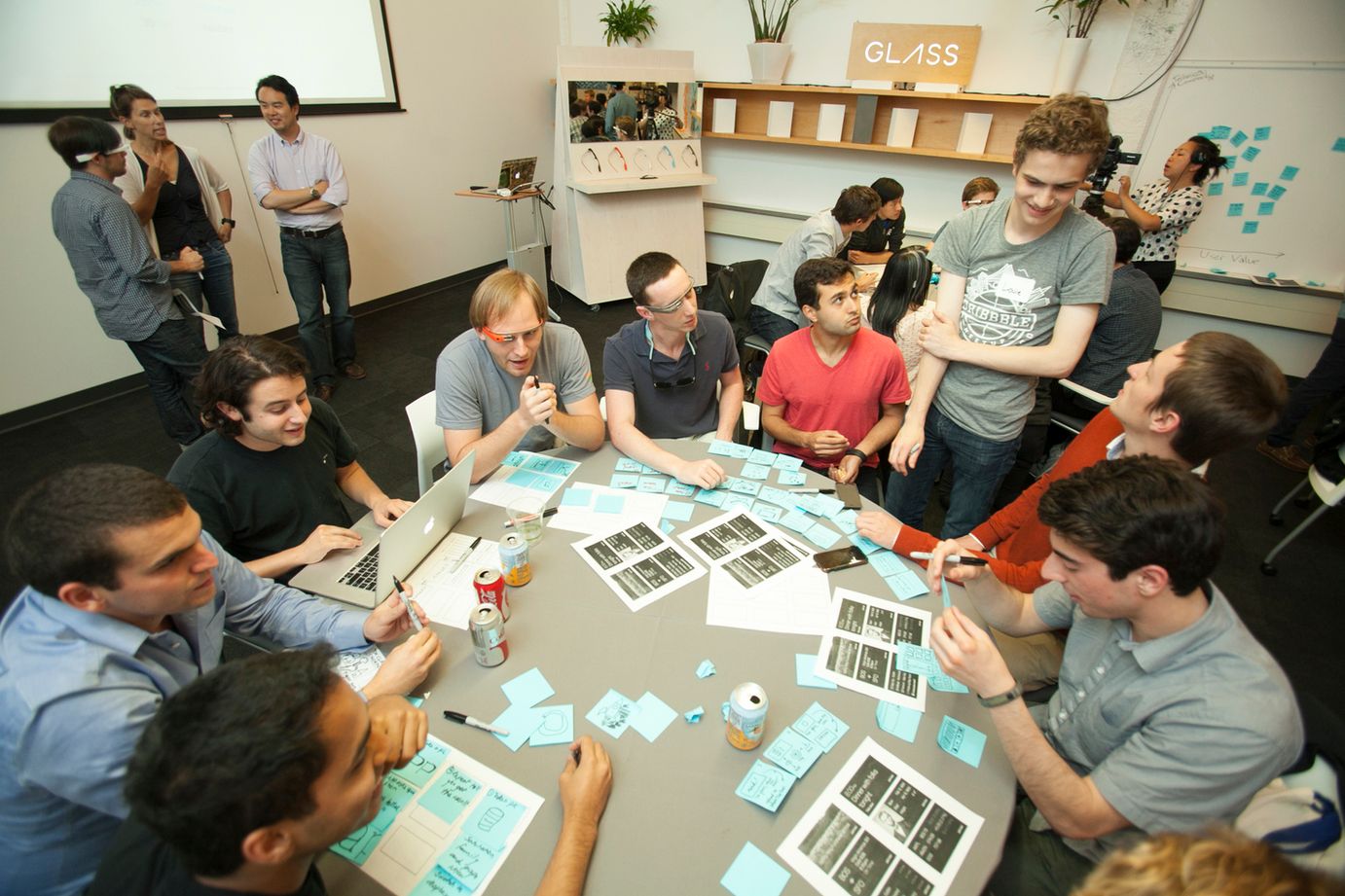I’m a big believer in the many opportunities afforded by going to a good college. My parents were, too – even though my father never finished high school and my mother’s old-fashioned father forbid her from going. But like many American immigrants, they both strongly believed that education could make the difference in their children’s lives.
I once wrote a blog post about the power of teachers in my life. The piece told the story of how my chemistry teacher convinced my parents to let me take summer classes at the local college while I was in high school. The teacher said it would help me achieve my parents’ dream of my going to MIT one day – and he was certainly right. Without my chemistry teacher’s inspiration and encouragement, I never would have become an MIT professor, nor president of the Rhode Island School of Design.
One thing my parents hadn’t realized, and which became profoundly apparent to me in nearly two decades in academia, is that a lot of the learning in college happens outside the classroom. It is the “open space” between and after classes that shapes the lives of students. That’s where interdisciplinary collaboration often happens in universities – the free spaces where students can cross boundaries. It is where they are forced to think about how their time is best used, or wasted, or even better, delightfully wasted.
Most of my time outside class at MIT was spent working on research projects in the labs – mainly at the MIT Artificial Intelligence Lab and the Media Lab. Although my grades suffered a bit as a result of my many hours in the lab, that practical experience paid off in getting internships, like at Texas Instruments, where I spent several summers working on artificial intelligence research and VLSI chip designs.
College is a different world than when I was an undergraduate; students now are far more deliberate and even competitive about their careers. Steven Tepper, now dean of the Herberger Institute for Design and the Arts at Arizona State University, has noted that we’ve moved from an ‘Elf’ to a ‘Fairy’ economy. An Elf economy features a predictable, organizationally-based, well-defined division of labor. In a Fairy economy, employees are highly mobile, drawing on diverse skills to do whatever job is necessary at the time. In this environment, those out-of-classroom experiences are even more critical. And the startup scene – in a sense, the quintessential “fairy economy” – has become a desirable option for college students seeking new educational experiences and searching for mentors.
For design students, the entrepreneurial environment can be a strong fit. Designers are not afraid to get their hands dirty and to go deep in their work – exactly what a startup environment demands. The fluid structures and rigorous work ethic that can seem daunting to those of another mindset will feel like home to those with a creative bent. In my time as president of RISD, more than 70% of graduating students said they wanted to do something entrepreneurial after graduation. And as we all know, technology start-ups are forming an increasingly important part of the overall U.S. economy.
The KPCB Fellows program is our initiative to help train young engineers, designers and product managers – I wish it had been available when I was an undergrad. There is a growing appetite for design expertise in the venture world (just do a search for “design and venture”). I’ve seen first-hand the power that designers can bring to building new products – just look at Path’s Dave Morin and AirBNB’s Joe Gebbia. I’ve met a few of last year’s Fellows, and they all noted their good fortune at getting to work with great mentors at ambitious new ventures. Good luck to those of you who choose to throw your hat in the ring for this year; I hope to get the chance to see you at our future design-focused events.
For more information or to apply to the 2014 Design Fellows program: https://kpcbfellows.com/
